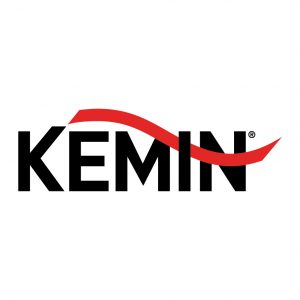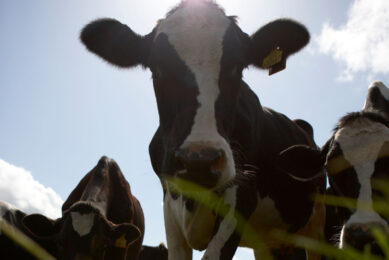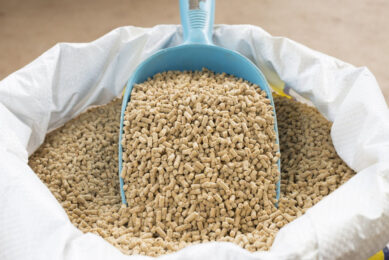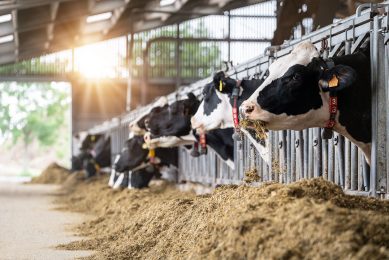Can selecting the appropriate antioxidant protect profits?

The use of antioxidants is an unquestionable procedure for improving vitamin stability at any stage: vitamin manufacturing, premixes and production of final feed. It is more complex, however, to determine how efficient the applied antioxidant programme is and how, eventually, to improve it. This becomes more fundamental in periods – like now – which are defined by shortages in the supply of certain vitamins with relatively high prices.
Nowadays the feed industry is facing an extra challenge, linked to the shortage of certain vitamins and their consequently high price. This is bringing nutritionists to review standard procedure on using vitamins and look for possible ways to optimise their bioavailability.
Stability of vitamins
Liposoluble vitamins are the most susceptible to activity loss, with vitamin A commonly used as a reference to assess vitamin premix stability. Vitamin reduction in premixes is linked to various factors, such as the presence of certain minerals and choline. In final feed the most critical factors responsible for vitamin degradation are the manufacturing process, in particular temperature treatments (i.e. extrusion and pelleting). Also, the inclusion of unstabilised fat sources, working as prooxidant compounds will negatively affect vitamins recovery.
Tavcar-Kalcher and Vengust (2017) published a study confirming Vitamin A in premixes is the least stable of the liposoluble vitamins over the time, losing 23% of activity over 3 months storage. Addition of choline accelerated vitamin losses, with a higher effect for Vitamin K3 (68% reduction in 3 months).
Balancing vitamin losses
Assuring the correct level of nutrients will reach every animal is fundamental for optimal performance and health status. To balance vitamin losses, nutritionists often formulate diets with an extra amount. When vitamin availability is compromised or prices are usually high, we need to look for other possible solution to optimise vitamins usage: perhaps by increasing their bioavailability or preventing as much as possible their activity loss.
The bioavailability of liposoluble vitamins can be increased with the inclusion of an absorption enhancer in the final feed. The use of Lysoforte in layer diets significantly increases the Vitamin E absorption and its deposition in eggs.
The addition of antioxidants
To prevent/slow down vitamin degradation we can choose to use more stable forms (i.e. esters, encapsulated, etc). An extra insight is to include in premixes less reactive ingredients as for instance organic/chelated minerals, or protected choline. This will prevent their pro-oxidative action, thus limiting their degradation activity towards vitamins. Other proven solution is the addition of antioxidants.
The inclusion of a well-designed antioxidant in a mineral premix (Figure 1) prevents vitamin losses, and its efficacy is linearly correlated with the inclusion level. While the ability of antioxidants to prevent vitamin losses is unquestionable, the response of different antioxidant solutions available on the market can vary.
So, what makes a good antioxidant?
Hereafter are some suggestions to define the key features of an efficient antioxidant applied to prevent vitamin degradations:
- Oxidation process is a series of chemical chain reactions involving different steps. Each active ingredient in an antioxidant will help to slow or prevent a different stage in the chain reaction; it is thus clear that a blend of active ingredients will show higher antioxidant activity rather than a single ingredient.
- Secondly, premixes and complete feeds represent a complex substrate. Negative effects of oxidation processes are mitigated when a complete antioxidant program is applied, properly stabilising premixes, fats sources and complete formulas.
- Another important feature of antioxidants, directly linked with their efficacy, is the uniform distribution in a premix. A specific production process allows manufacturers to obtain a final product with small and uniform particle size. Moreover, this guarantees that each granule contains all antioxidant actives used in the formula, even when polar and apolar compounds are used together. Thanks to this, distribution of Kemin antioxidant in a premix is uniform (Figure 2), while mixture of antioxidants of different particle size, results in uneven dispersal of actives.
- Finally, synergism between antioxidants actives is guaranteed in specific conditions. Just mixing dry actives will limit their ability to interact forming compound known as heterodimers. These are molecules with two of more antioxidants, frequently having higher efficacy rather than the single ones.
As pioneers in antioxidants development, Kemin is always formulating their antioxidant products to get maximum efficacy through synergies between the blend of active ingredients. Then the specific production process, guaranteeing a uniform distribution of actives in the products and consequently in the substrate to treat, is the key factor for having a strong efficacy at best cost-effective inclusion rate.






